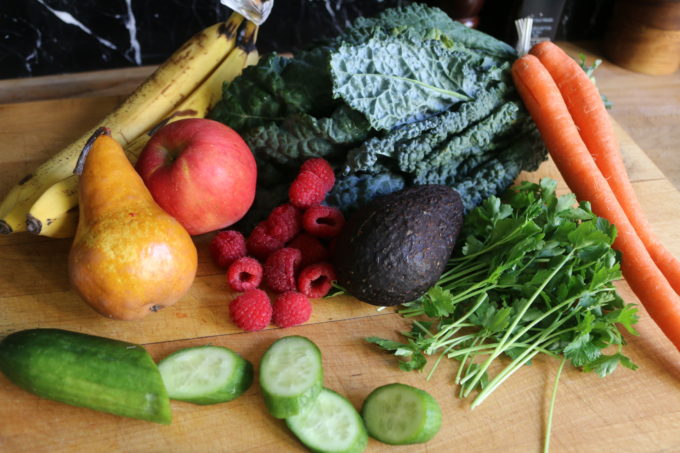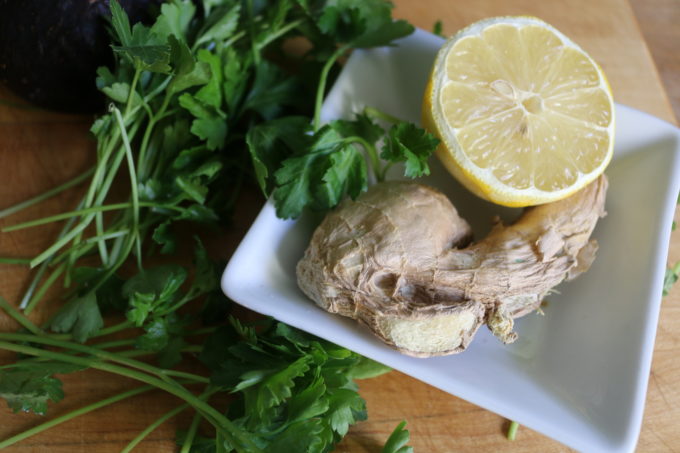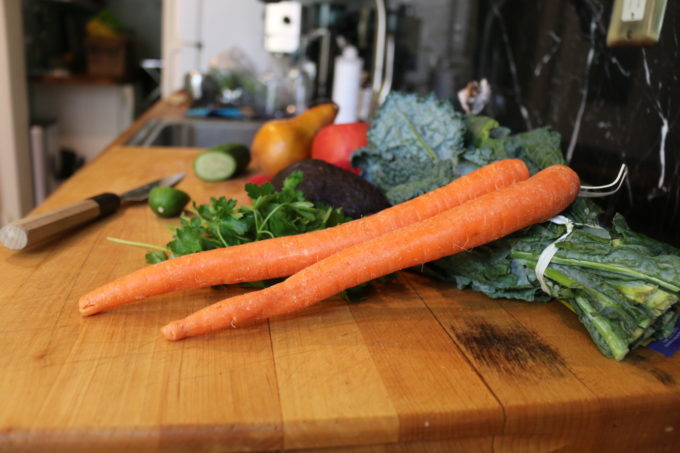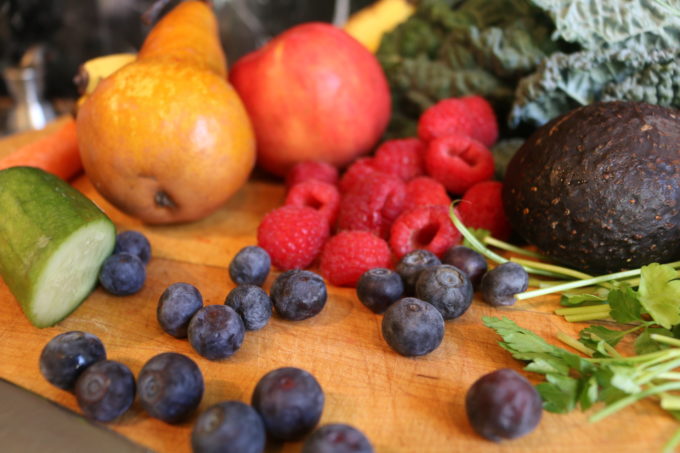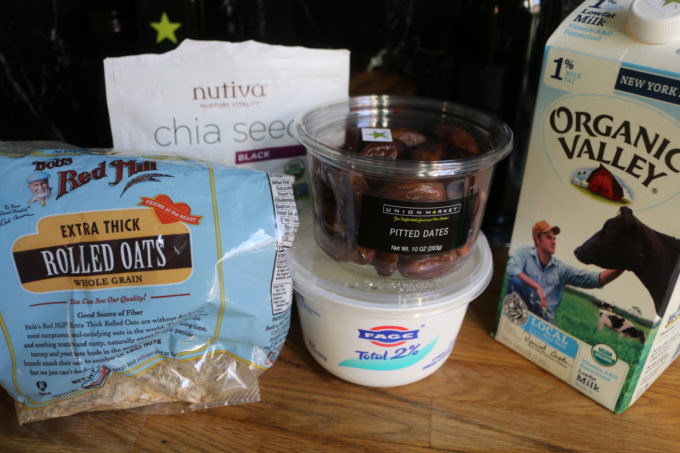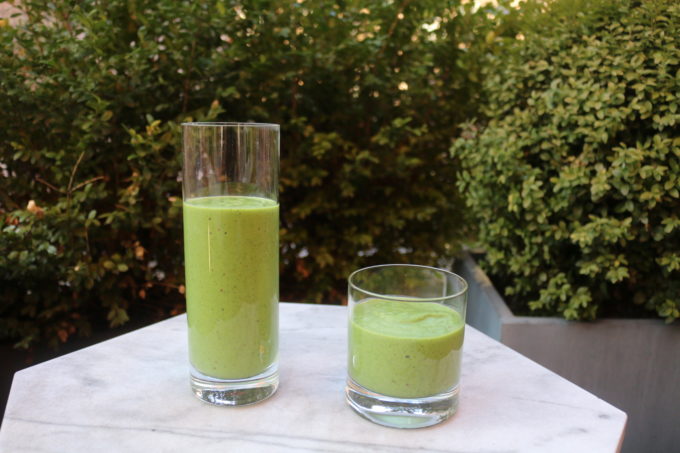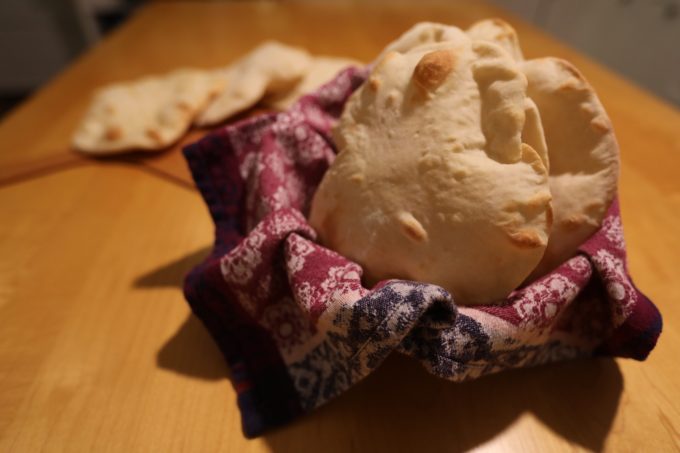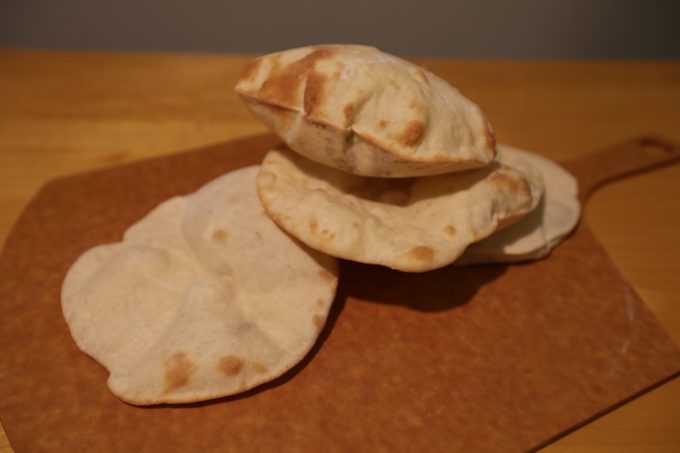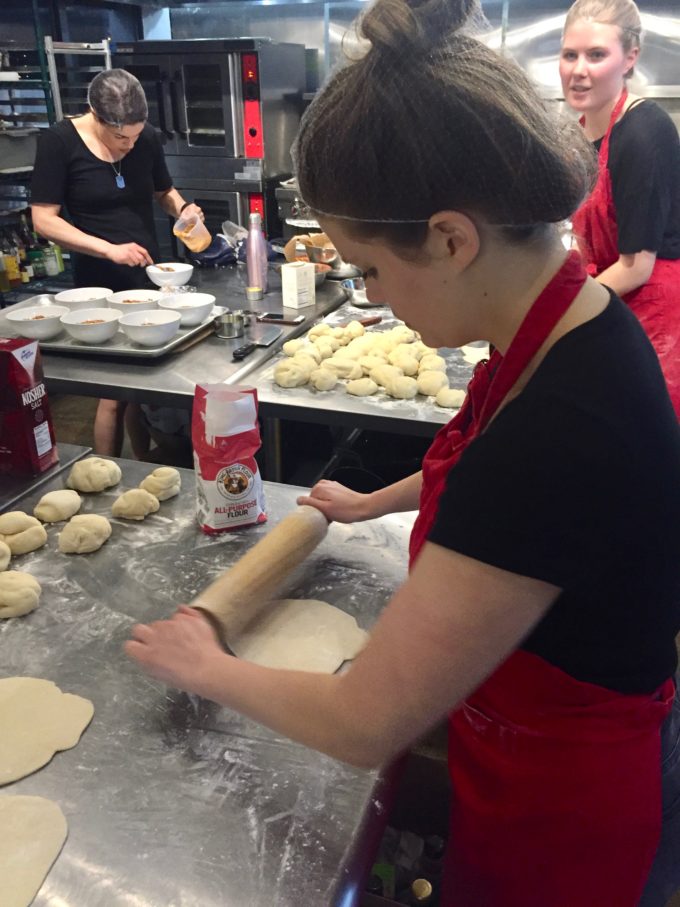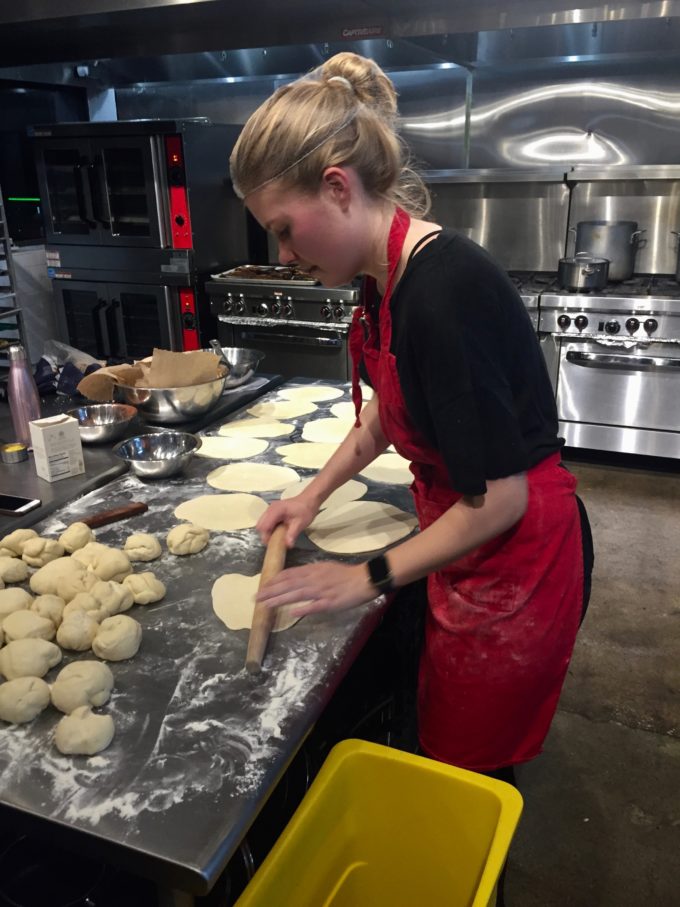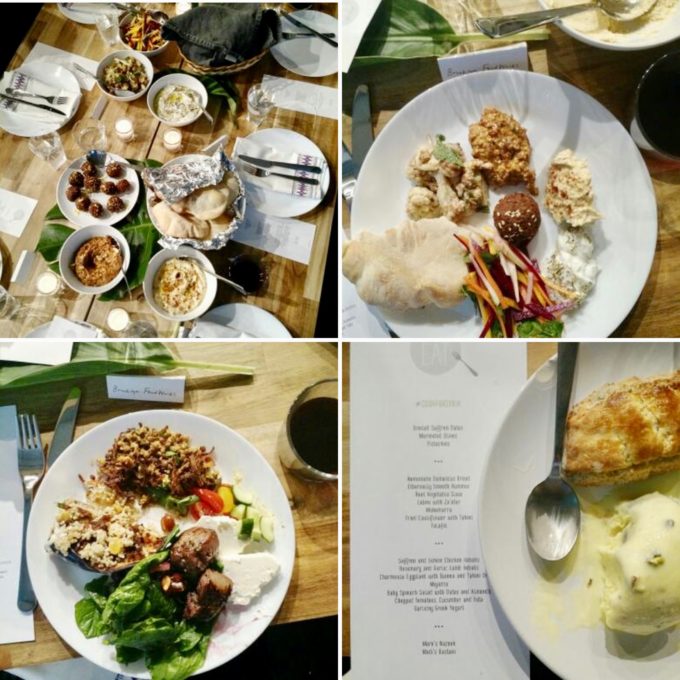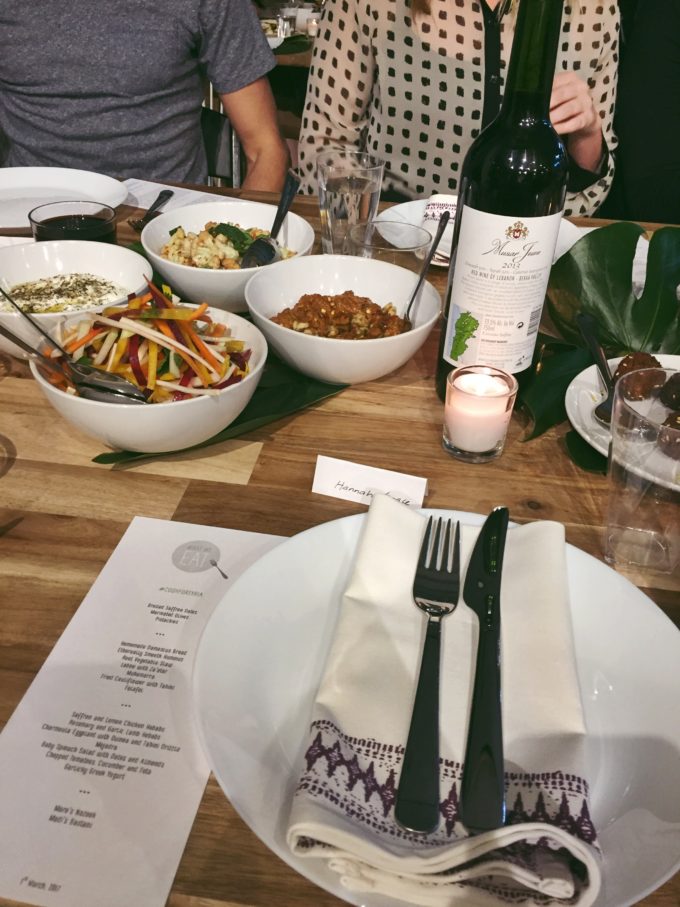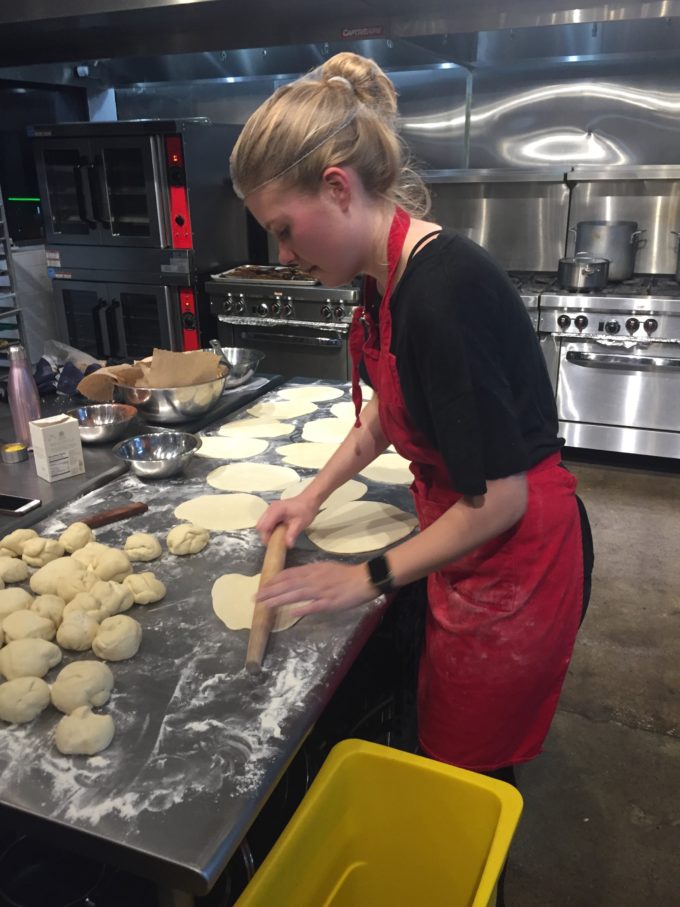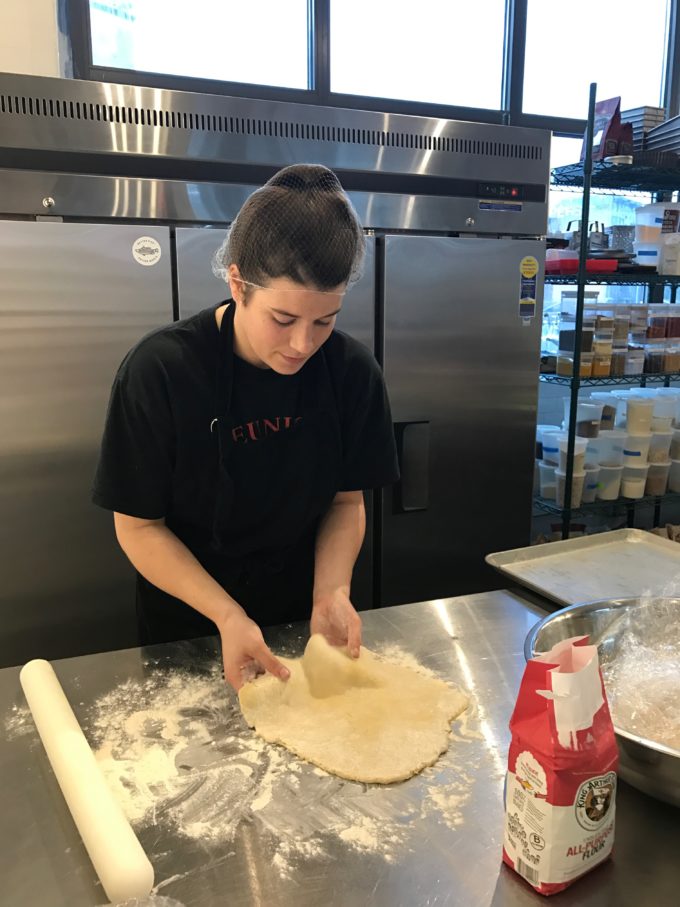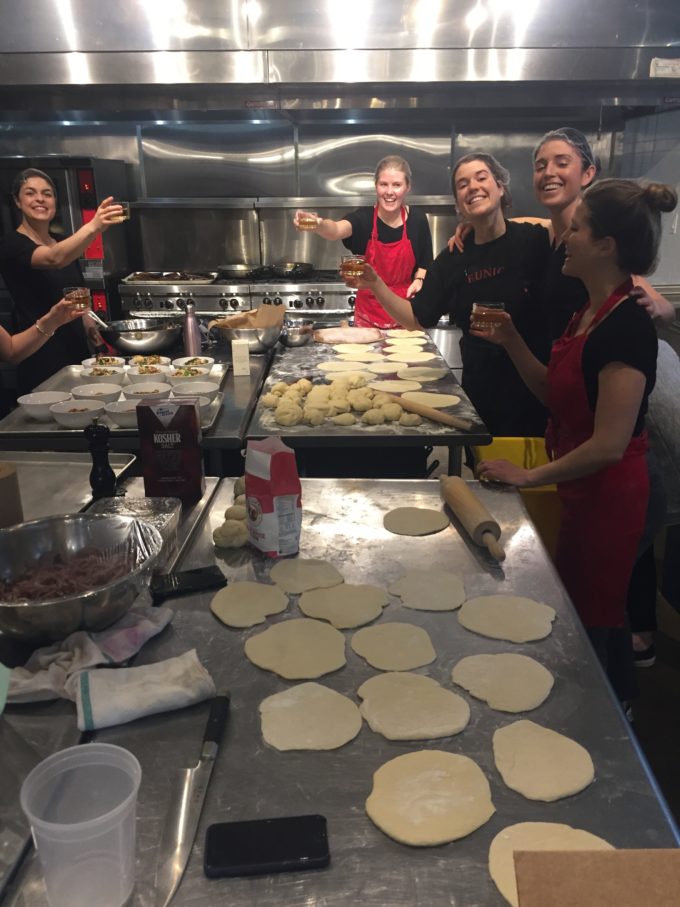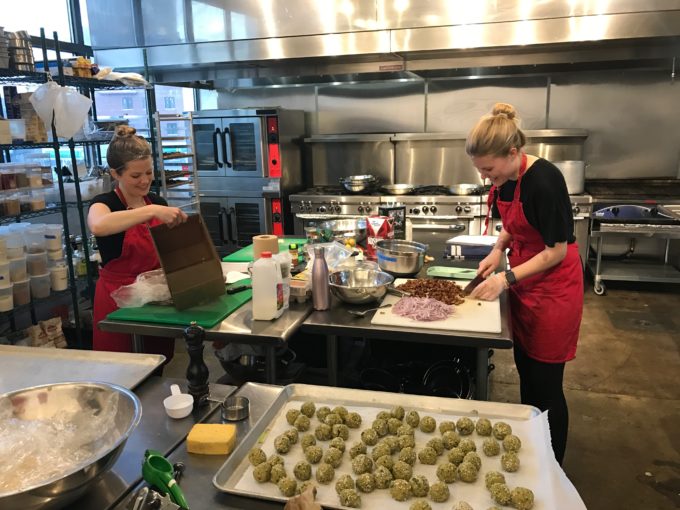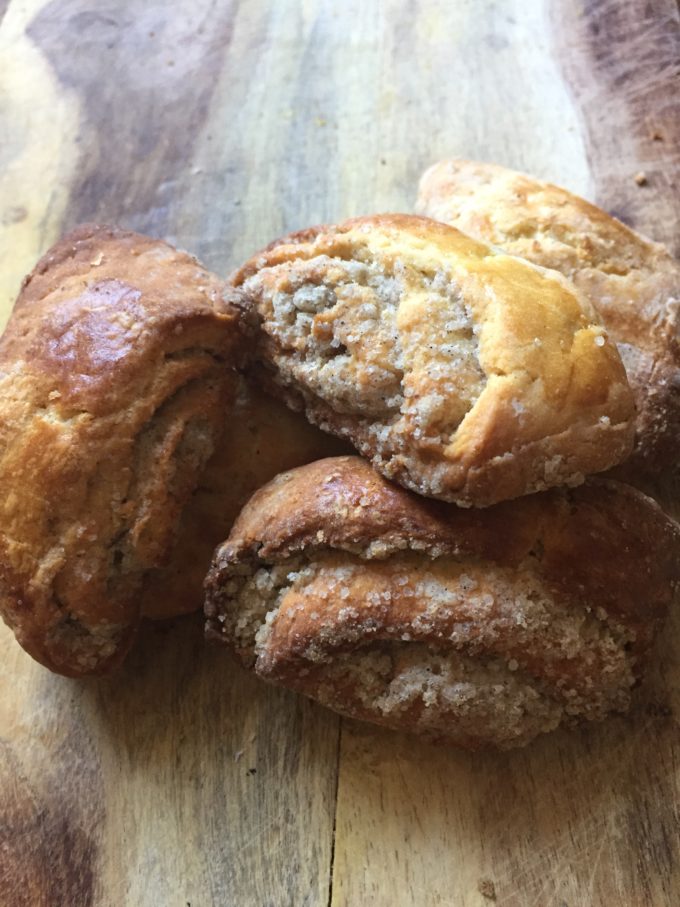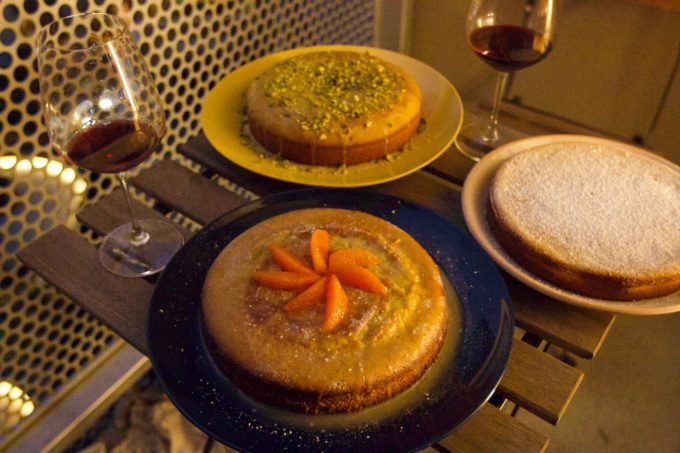
It was a typical Friday morning. I arrived in Red Hook at around 10am, marketed for my clients** and headed to their studio with plenty of time to casually prepare lunch and clean up for the weekend. As I took my time in the kitchen, chatting with the crew who were stopping in to say hello and pour themselves some much needed coffee, one of them brought up a special request. It happened to be a team member’s birthday and the studio had a tradition of celebrating with cake. Could I throw something together? Sure! No problem.
In fact, there was a problem. After taking a brief inventory, I learned that we were out of milk and butter. Posit you this: How do you make lunch and a cake in two hours for ten+ people with no milk, or butter? Challenge accepted.
One of the most important skills of a private chef is the ability to pivot. There is no saying what obstacles could get in the way. Sometimes a recipe does not go as planned, other instances the grocery store runs out of stock of certain crucial ingredients. (I am on a first name basis with most buyers at the grocery stores I frequent) Finally, there are even times when I arrive at a clients home, only to discover that some of the ingredients I had stocked in prior weeks are now gone.
After a short panic, I enlisted the help of Laura, Rian and Charlotte via group text and true to form they didn’t let me down! Within minutes I got the enthusiastic resolution to my puzzle, make an olive oil cake! They immediately sent me a number of recipes of which I could combine and alter to my needs. Due to my aforementioned pantry issues, I ended up throwing together my own take on olive oil cake, adding in some scraped vanilla bean and orange extract that was on hand.
Mind you, I tend to hate baking. This is a skill completely different from cooking, an enjoyable task in which you can taste and alter your creation at will until you reach the desired result. Baking is a terrible game of precision in which you must measure to a T (literally) without tasting (but really who doesn’t love raw batter?) and then tuck it away in an oven for an hour to do its thing. Little wiggle room for mistake there my friends.
I threw the cake in the oven and went about my lunch duties. I pulled the cake out when the crust was browned and fretted over the cooling process, making a glaze for the first time since culinary school and praying that it would hold shape on top of the barely room temperature cake when I poured it on top. I left for the day feeling victorious that I had prevailed over all the odds stacked against me.
Imagine my shock to come back the following week to rave reviews! Apparently the olive oil cake had been a hit. I was proud but let it roll off my shoulder. Fast forward months later to the new year when it turns out that the memory of the cake had not quite faded in the minds of all others. Within days I was approached by three separate people, all lamenting that they could not find another dessert to stand up to my famous olive oil cake and could they please have the recipe? Once again, panic ensued. I had no idea what I threw together to make the dessert!
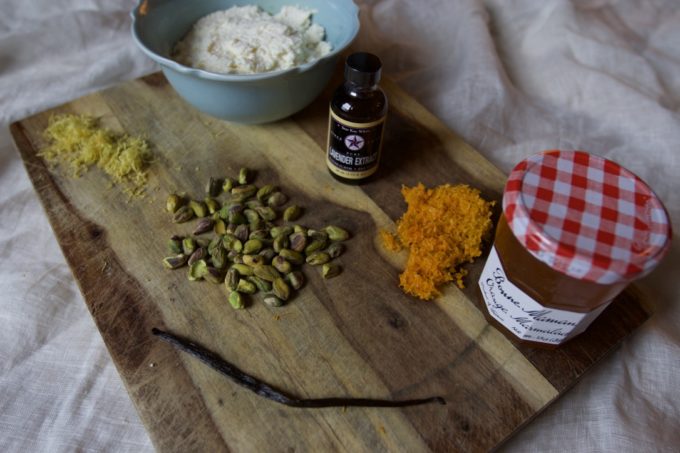
In a pragmatic effort to solve this new mystery, we decided to make a day of recipe testing olive oil cakes to definitively document our own What We Eat signature recipe! We each got a say in different variations and set to work on baking one classic orange zest olive oil cake, one pistachio cake, and one ricotta lavender cake. Once finished, we wrapped and transported the cakes to the office for final scrutiny. (though not before we got a taste ourselves!)
When the time finally came to serve for tasting in the studio, results came back almost entirely in favor of the original version. Though all were tasty and some preferred the nuttiness and delicate profile of the pistachio cake, it seems as though it is best to stick with the original. Why mess with a good thing?
**Note from Laura: You will never miss Kristina in the supermarket. She’s the weirdo with gargantuan headphones that literally dances her way through every aisle. Not a hint of embarrassment. One of the reasons I love her.
Orange olive oil cake
Serves 8
1¾ cups All Purpose flour
1 teaspoon baking powder
½ teaspoon salt
1 cup sugar
½ cup marmalade
Grated zest of 2 oranges
1 ¼ cups olive oil
4 large eggs, at room temperature
1 vanilla bean, scraped
Glaze
1 ½ cups confectioners’ sugar
3 tablespoons fresh orange juice, plus more if needed
Method
Preheat the oven to 325°F, with a rack in the middle position. Grease and flour a 9-inch round cake pan and line the bottom with parchment paper. Grease the paper. Sift together the flour, baking powder, and salt into a large bowl. In a separate bowl, combine the sugar and orange zest and mix well with your fingertips, rubbing the mixture together until well blended. Add the oil to the sugar mixture, and beat on medium speed for 1 minute. Add the eggs one at a time, mixing well after each addition. Beat in the vanilla and marmalade until combined. Add the dry ingredients in 3 additions, beating on low speed and scraping the sides and bottom of the bowl after each batch, until just combined. Pour the batter into the prepared pan. Bake for 45 to 50 minutes, until the top springs back when lightly pressed. Cool the cake in the pan on a rack for 15 minutes, then remove from the pan, peel off the parchment paper, and allow to cool completely on the rack.
To make the glaze:
In a medium bowl, whisk together the confectioners’ sugar and orange juice to make a thick but pourable glaze; add more orange juice if needed. Set the cake, on the rack, over a rimmed baking sheet. Pour the glaze on top of the cake, letting it run down the sides. Let the glaze set for at least 30 minutes before slicing the cake.
